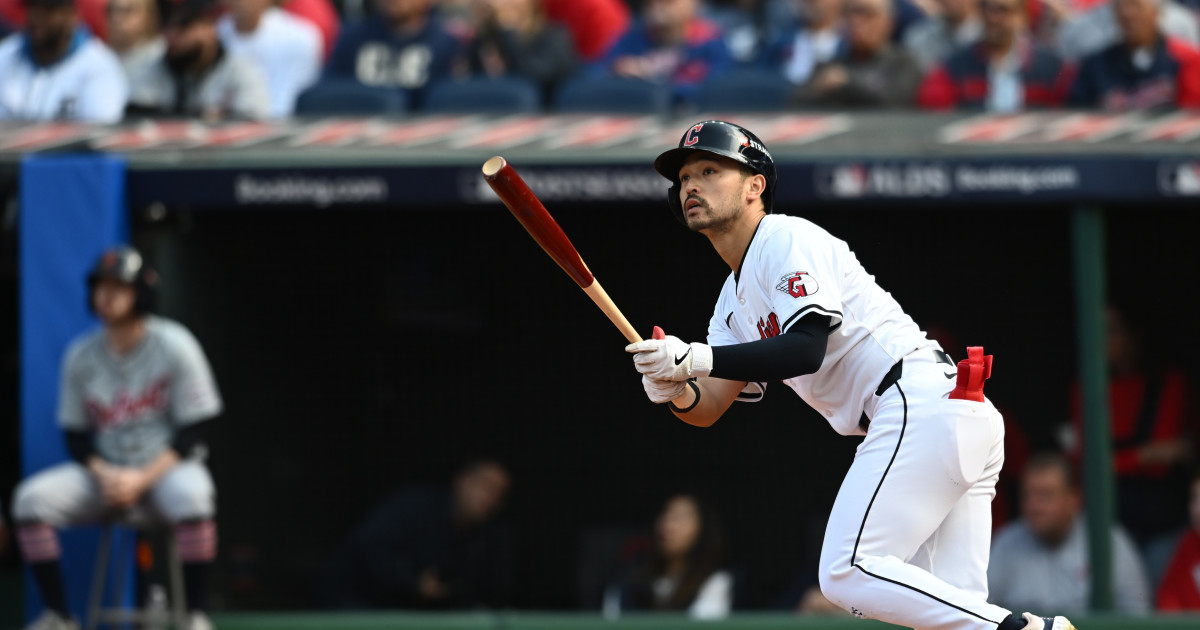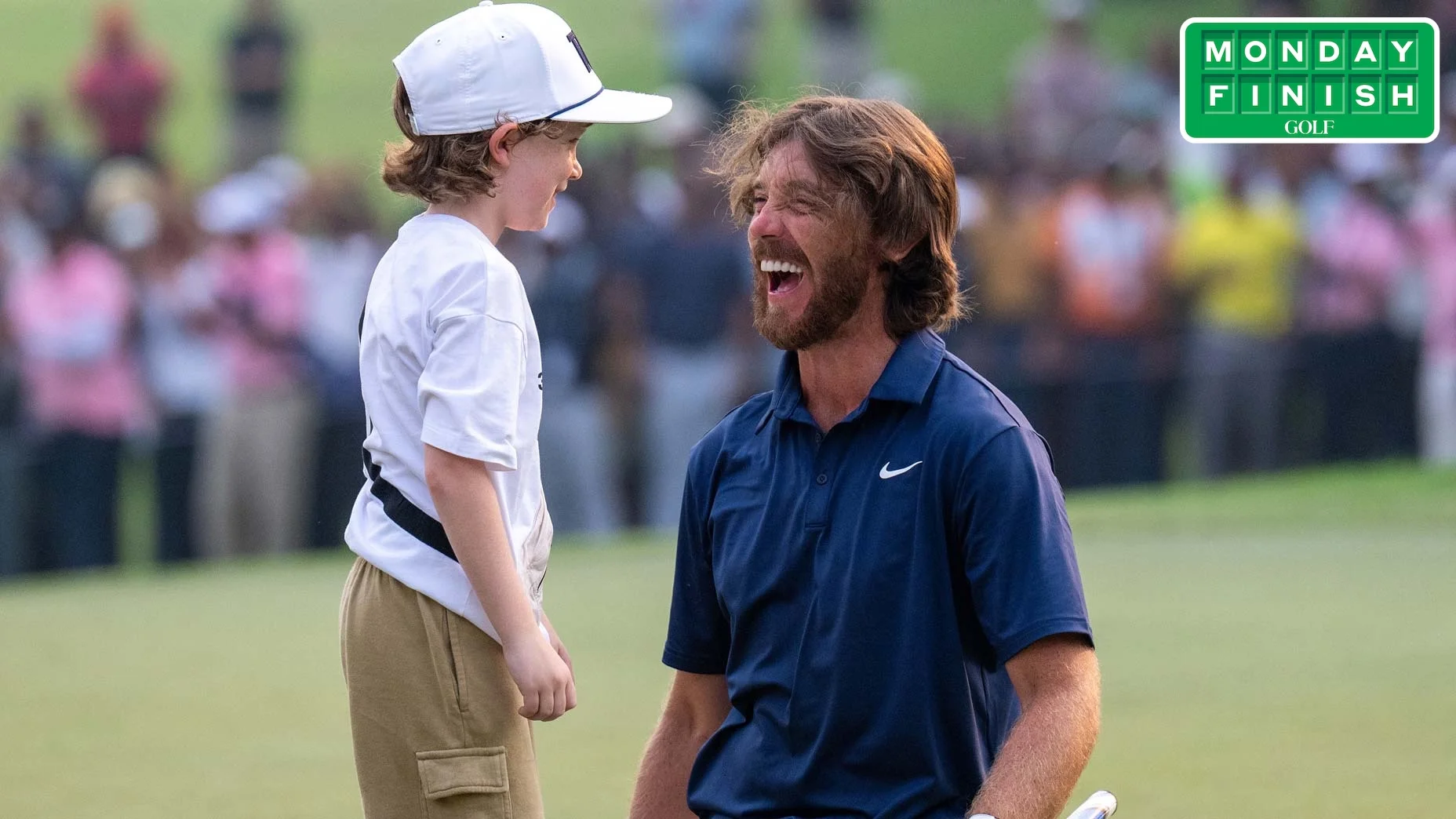Copyright Athlon Sports

Highlights: Toronto ended the New York Yankees’ run by pairing contact with timely power The Yankees led MLB in home runs but finished bottom five in strikeouts per game A modest re-shape is doable with one premium contact bat and one role player Realistic trade targets exist without emptying the farm The Toronto Blue Jays did not just beat the New York Yankees this year, they sent a warning. They beat them with baseball-y play. Toronto put the ball in play, forced mistakes, took the extra baset, and still hit the big fly when it was there for them. The Blue Jays are well-rounded and versatile. The Yankees are built like a giant aircraft-carrier powered by home runs and unable to shift on the fle. The Yankees built a power machine that worked for six months. In October, the Blue Jays hit more homers anyway and struck out less. That is not a referendum on slug. It is a reminder that in a five-game sprint, bat-to-ball cannot be optional. It was a warning to the Yankees that their offesnive philosophy needs to change. Aaron Judge isn’t getting any younger and the window is closing. Yankees By The Numbers, 2025 They led the league with 274 homers. They slashed .251/.332/.455 for a .787 OPS. They struck out 1,463 times—9.03 a game, 26th in MLB. With runners in scoring position, they hit .251. They went 94–68 and were gone in four games in the American League Division Series, with Toronto outhomering them 9–4 and outscoring them 34–19. The power played, until it didn’t. When the homers didn’t show, there weren’t enough cheap hits to keep innings alive. What Toronto Exposed The Blue Jays stretched at-bats, punished strikes in predictable lanes, and let contact create traffic while they waited for their big swings. New York’s lineup had too many strikeouts stacked in the same pockets. In October, that turns scoring chances into nothing. If the Yankees want their run scoring to travel in a short series, the changes are obvious. They have to shave the strikeout rate in two lineup spots, boost contact rate, keep on-base intact. Two Paths To Fix It There’s the shiny flashy way and the smart way for the Yankees to get there. The answer is a little of both. Go get one premium contact bat this winter who lives on base and hates striking out. Then add a role player with real bat control to steady the bottom of the order. Keep the power. You’re not replacing home runs. You’re fixing the runway to them. Targets Who Actually Change The Math Steven Kwan, Guardians Table-setting lefty with elite bat-to-ball and on-base. Club control and low cost make him expensive in trade. If he is even mildly available, the ask will be painful. The appeal is obvious at Yankee Stadium and in front of Aaron Judge. Nico Hoerner, Cubs Short swing, line drives, speed, and strong second-base defense through 2026. Exactly the kind of contact bat that stabilizes the middle. Price is high unless Chicago pivots hard. Brendan Donovan, Cardinals High contact, on-base, plays everywhere. This is the practical target. It costs real prospects, but not the crown jewels, and the profile fits any lineup card you want to write from April through October. Luis Arraez, Padres Pure bat control with batting-title hands. He will not win you a Defensive Runs Saved argument, but as a short-term DH/2B bat to slash strikeouts and keep the line moving, he is a direct attack on the problem. Depth add archetype A contact-first bench piece who can put a ball in play in the seventh. That guy will not trend on social media and make the back pages, but he flips an at-bat or two a week. In October, that is the difference between a traffic jam and a rally. What It Costs If you shop for elite contact with years of control, rival clubs will ask for George Lombard, Jr. Spencer Jones or Jasson Dominguez on the first call. For the practical lane—Donovan-type, or a short-term Arraez rental—you are in one premium plus one good piece, or three good pieces without a headliner. It still stings, but you do not have to gut the thing you are trying to build. Internal Tweaks That Don’t Cost Prospects Tighten two-strike plans. Shorten swings. Boring work. It wins at-bats. Reshape the lineup. Put a contact bat in front of Judge and one behind him. Force the zone somewhere. Treat the bench like October all year. Carry the one true contact bat you trust for the seventh. Where This Goes The Yankees do not need to become the Guardians, but they need to adjust as the game does. They need to make October less living and dying on the home run. They are still built around Aaron Judge and no one is complaining about the 274 home runs. Just add two players who hate striking out. Turn three empty at-bats a night into two balls that find grass and one extra baserunner. That is often the difference between clearing out your locker and playing next week.



